BHG - Each village and commune name carries within it cultural and historical values. Therefore, when merging commune-level administrative units (AUUs), the new commune name is not only a "problem" of organizational structure but also a story of harmony between the effectiveness of state management and the preservation of identity.
According to the Project on the arrangement of administrative units at the commune level in 2025, in addition to 10 administrative units that will not be arranged due to sufficient conditions in terms of nature, population size and specific factors; the province will arrange 183 administrative units at the commune level. After the merger, the whole province will have 71 communes and 2 wards. One of the notable points that is highly agreed upon by the people is that the names of the new communes after the merger all ensure factors of culture, history, community identity and especially the tourism brand that has been built in the past time.
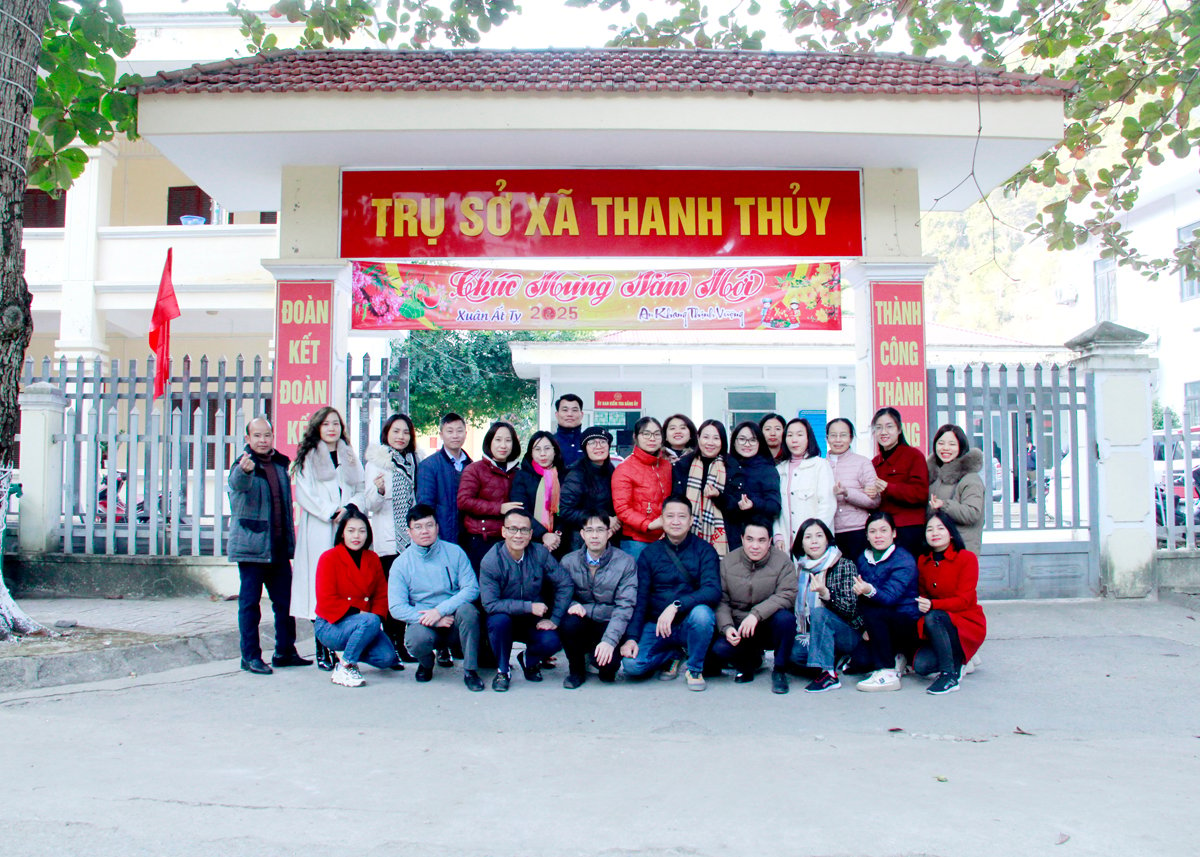 |
| Thanh Thuy Commune (Vi Xuyen) is a place name with a long history. |
It is worth mentioning the establishment of Lung Cu commune on the basis of merging the three communes of Lung Cu, Ma Le and Lung Tao (Dong Van) in their original state. Lung Cu commune after the arrangement has a natural area of 95.20 km², a population of 15,115 people. The name Lung Cu is not only an ancient place name, but also a sacred symbol of the northernmost part of the country, associated with the Lung Cu National Flagpole relic, a prominent destination in the Dong Van Karst Plateau Global Geopark. Similarly, Sa Phin commune retained its name when merging four communes: Sa Phin, Sung La, Sinh Lung and Sang Tung (Dong Van) although the new commune headquarters is located in the center of Sung La. The name Sa Phin was chosen because this is a land with a long tradition, where the Vuong Family Palace National Historical Site is located.
In Meo Vac district, Son Vi commune was chosen as the name for the new commune after merging 3 communes: Son Vi, Thuong Phung and Xin Cai, with the headquarters located in Xin Cai. The name Son Vi existed before 1961 and is the only commune bordering the two provinces of Yunnan and Guangxi (China). Retaining the name Son Vi not only has historical significance but also ensures political, economic and diplomatic factors. Bang Hanh commune is a new name established from 3 communes: Kim Ngoc, Bang Hanh and Vo Diem (Bac Quang). Although the headquarters is located in Kim Ngoc commune for convenience in socio-economic development, the name Bang Hanh is chosen because this name is associated with the historical relic of the revolutionary base of Trong Con sub-region, the pride of many generations of local people.
Ha Giang is a province with a large population of ethnic minorities. Each commune name is a slice of culture, a part of the community's memory. Many place names are associated with folk legends, history of national struggles, typical landscapes and ethnic identities, especially in the context of promoting tourism development today, building local brands and retaining familiar names is becoming more and more necessary. For example, the names: Pho Bang, Khau Vai, Thanh Thuy, Phu Linh... all carry symbolic values of history and identity and are deeply attached to by the people. In Ha Giang city, the division into Ngoc Duong commune and Ha Giang 1 and Ha Giang 2 wards ensures the inheritance of the place name "Ha Giang", which has been positioned as an international tourism brand when it is continuously ranked in the top attractive destinations of Asia and the world.
Naming a new administrative unit is not simply choosing a word that is easy to remember and easy to read, but must be based on many layers of value: culture, history, geography, community psychology and development potential. Each commune name is a connection between the past and the future. According to the results of the public consultation on the commune-level merger project in the province, more than 94% of the people consulted agreed with the policy of arranging commune-level administrative units, including the content of naming new communes. Only a few voters proposed to keep the name of the administrative unit according to the place where they live. Taking history, culture and the consensus of the people as the center in the process of restructuring commune-level administrative units, the province is on the right track with a methodical, scientific and humane approach.
Article and photos: DISCUSSION
Source: https://baohagiang.vn/sap-xep-to-chuc-bo-may-tinh-gon-manh-hieu-luc-hieu-qua/202505/giu-mach-nguon-van-hoa-lich-su-trong-tung-ten-xa-2651323/




![[Photo] Prime Minister Pham Minh Chinh chairs conference on anti-smuggling, trade fraud, and counterfeit goods](https://vphoto.vietnam.vn/thumb/1200x675/vietnam/resource/IMAGE/2025/5/14/6cd67667e99e4248b7d4f587fd21e37c)



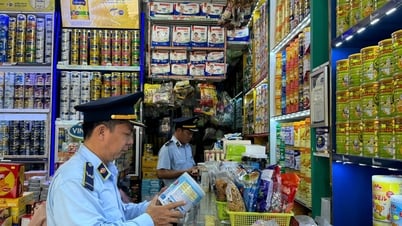
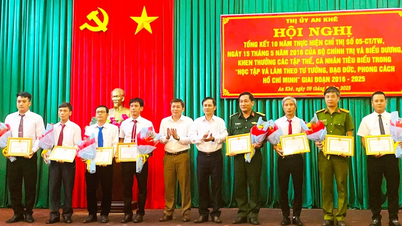


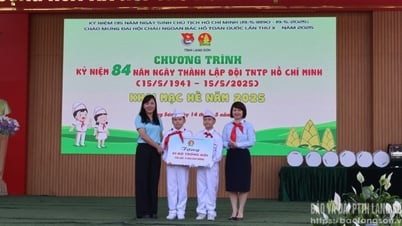
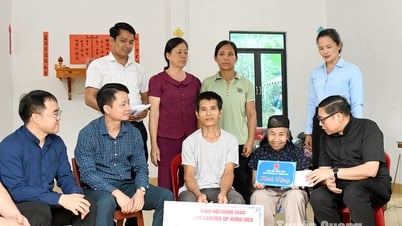




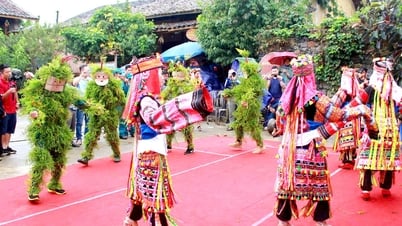

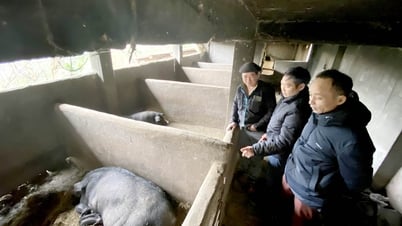
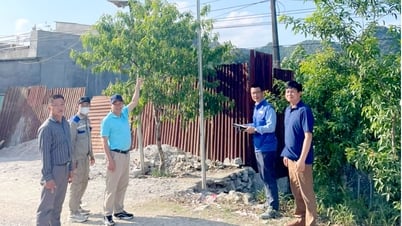
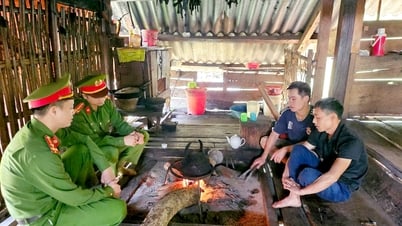









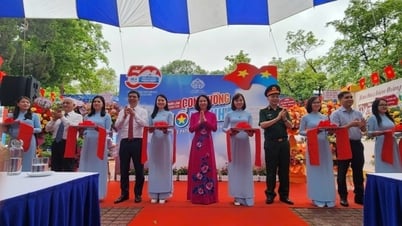

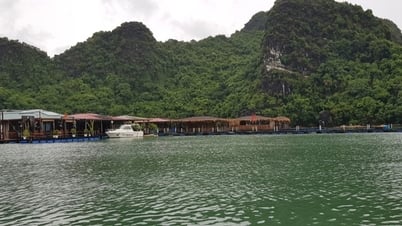









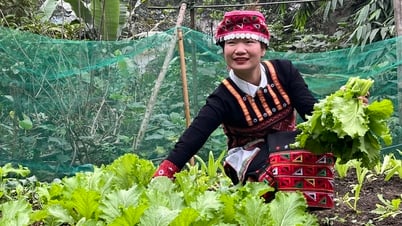

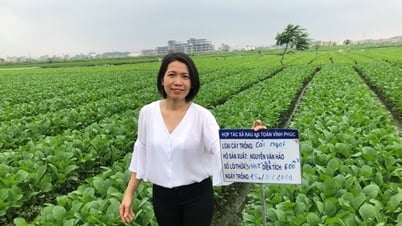



















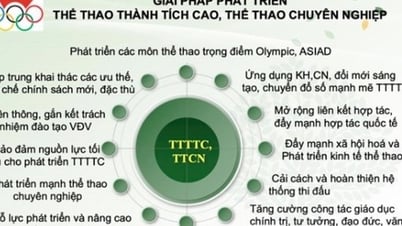






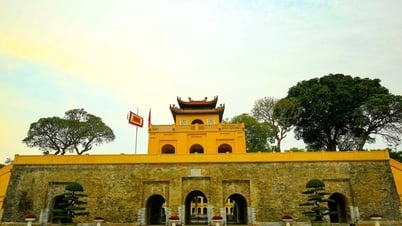







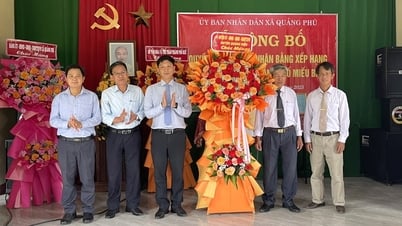









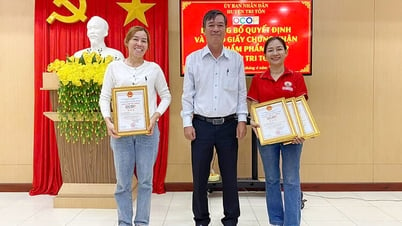

Comment (0)